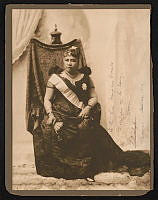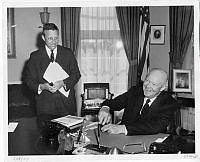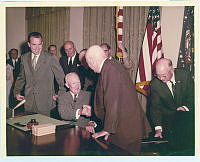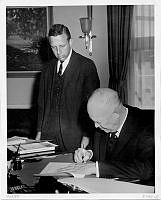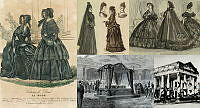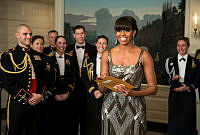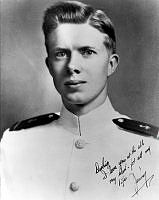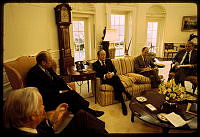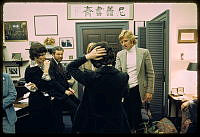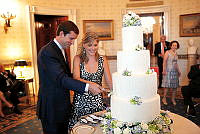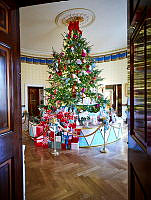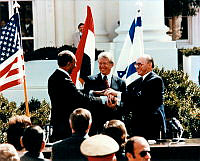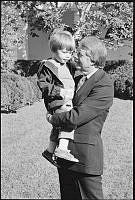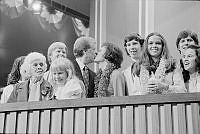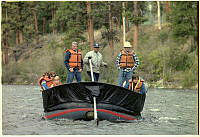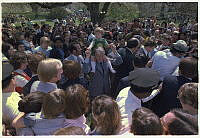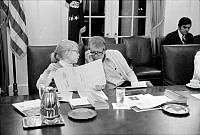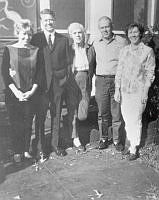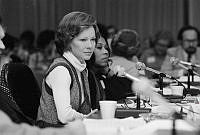Origins of the White House Easter Egg Roll
Copyright © White House Historical Association. All rights reserved under international copyright conventions. No part of this article may be reproduced or utilized in any form or by any means, electronic or mechanical, including photocopying, recording, or by any information storage and retrieval system, without permission in writing from the publisher. Requests for reprint permissions should be addressed to books@whha.org

Since 1878, American presidents and their families have celebrated Easter Monday by hosting an 'egg roll' party. Held on the South Lawn, it is one of the oldest annual events in White House history. Some historians note that First Lady Dolley Madison originally suggested the idea of a public egg roll, while others tell stories of informal egg-rolling parties at the White House dating back to President Abraham Lincoln's administration. Beginning in the 1870s, Washingtonians from all social levels celebrated Easter Monday on the west grounds of the U.S. Capitol. Children rolled brilliantly dyed hard-boiled eggs down the terraced lawn.
However, by 1876, a concern for the landscape led Congress to pass legislation to restrict the public use of the Capitol grounds, effectively prohibiting any future egg rolling. The new edict went unchallenged in 1877, as rain cancelled all the day's activities, but in 1878 President Rutherford B. Hayes decided to open the South Lawn to egg rollers, as it had previously been reserved for the First Family’s private Easter activities. Thus, a new tradition was born. In 1974, the Nixons hosted egg roll races, an event which has become an Easter Monday favorite.

In this engraving dated April 23, 1887, children chase after Easter eggs during the annual White House Easter Egg Roll. The engraving was published in Frank Leslie's Illustrated Newspaper. Dating back to 1878, the Easter Egg Roll is a cherished springtime tradition in Washington, D.C., with children and their families gathering on the South Lawn to enjoy the annual festivities.
Library of Congress












